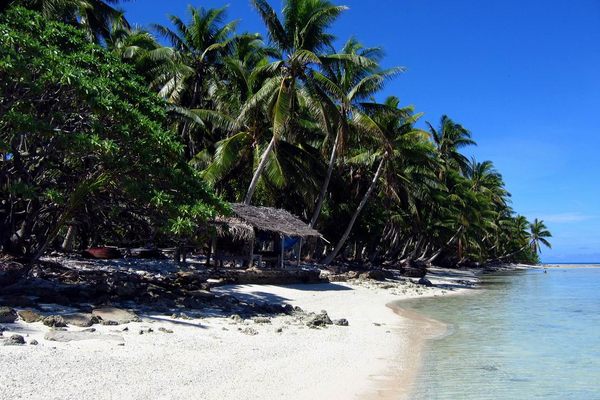About
Many think of the Hawaiian Islands as a series of lush tropical paradises, but the island of Kaho'olawe is mostly dry and barren. For almost 50 years, the small volcanic island was used was a target for Navy munitions. Today, the land is protected, and volunteers are helping to restore the island by cleaning up unexploded ordnance and replanting vegetation.
The island of Kaho'olawe is located in the rain shadow of the volcano Haleakala in eastern Maui. This island receives less than 30 inches of rain a year. Archeological evidence suggests that Hawaiians came to Kaho‘olawe as early as 400, settling in small fishing villages along the island’s coast. The island served many uses: a navigational center for voyaging, the site of an adze quarry, an agricultural center, and a site for religious and cultural ceremonies.
The fragile forests that once covered the island were wiped out from warfare between islands and tribes, and most of the topsoil eroded by wind into the ocean. When King Kamehameha III abolished the death penalty in the Kingdom of Hawai'i in 1830, the island was used as a penal colony for 23 years. Various Native Hawaiian and American interests have started ranching, sugarcane, and reforesting operations, but droughts would always recur and supplies of fresh water could not be replaced due to the low annual rainfall and eroded soil.
After the Japanese attack on Pearl Harbor, the United States military seized the island and trained soldiers and sailors there, using vast tracts of land as a bombing range. The bombings would continue until 1990, when all live fire exercises were stopped. After a 10-year period of ordnance removal, control of access to Kaho‘olawe was transferred to the State of Hawai‘i in 2003.
The Kaho‘olawe Island Reserve Commission now directs the removal of unexploded ordnance and restoration efforts on the island. The island and two miles of ocean from the shore are off limits to the public, but Native Hawaiians can fish in these waters and perform religious ceremonies on land. Volunteers can sign up on the KIRC website, however there is a long waiting list. Volunteers stay on the island for four days performing a variety of tasks to help restore the island to its pristine past.
Related Tags
Community Contributors
Added By
Published
January 6, 2015








































